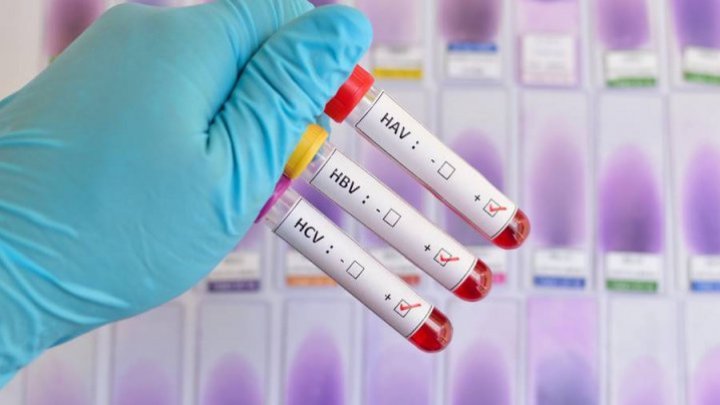9000 Moldovans at risk groups to receive free HVB vaccines in 2019
 foto: doc.ro
foto: doc.ro
Almost 4000 Moldovans were treated with hepatitis B, C and D in 2018, and another 2,353 patients continued their antiviral treatment.
Totally, since the introduction of new treatment scheme in December 2016, 16,616 patients have been treated with the disease.
The new treatment scheme with latest prescription diminished substantially the costs of treatment and increased efficiency of treatment, with efficacy of around 97% patients treated.
All patients in all districts, municipalities including prison patients have access to the treatment. The average length of treatment lasts 8-12 weeks, 40% quicker than the previous one.
The Ministry of Health, Labor and Social Protection urges all patients with viral hepatitis or virus carriers to address ACTIV to the infectious physician according to their place of residence for reassessment of health.
A specialized commission of the Ministry will communicate to the patient the decision on the date of initiation of antiviral treatment offered free of charge by the State and the treatment scheme indicated.
Moreover, people can receive free vaccines of Viral Hepatitis B (VHB), according to the National Immunization Program 2016-2021. 9000 people at risk groups will get HVB vaccines in 2019.
According to World Health Organization, Hepatitis is an inflammation of the liver. The condition can be self-limiting or can progress to fibrosis (scarring), cirrhosis or liver cancer. Hepatitis viruses are the most common cause of hepatitis in the world but other infections, toxic substances (e.g. alcohol, certain drugs), and autoimmune diseases can also cause hepatitis.
There are 5 main hepatitis viruses, referred to as types A, B, C, D and E. These 5 types are of greatest concern because of the burden of illness and death they cause and the potential for outbreaks and epidemic spread. In particular, types B and C lead to chronic disease in hundreds of millions of people and, together, are the most common cause of liver cirrhosis and cancer.
Hepatitis A and E are typically caused by ingestion of contaminated food or water. Hepatitis B, C and D usually occur as a result of parenteral contact with infected body fluids. Common modes of transmission for these viruses include receipt of contaminated blood or blood products, invasive medical procedures using contaminated equipment and for hepatitis B transmission from mother to baby at birth, from family member to child, and also by sexual contact.
Acute infection may occur with limited or no symptoms, or may include symptoms such as jaundice (yellowing of the skin and eyes), dark urine, extreme fatigue, nausea, vomiting and abdominal pain.